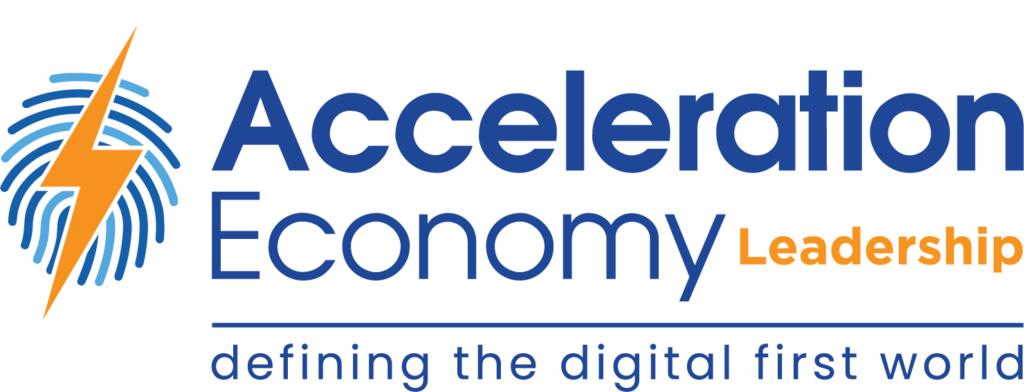With all the advances in digital technology over the last 20 years, why aren’t we seeing more productivity gains? Why are employees still bogged down in so many meetings? Why do managers feel they don’t have enough time to focus on strategic priorities?
One reason is the impact of digital or technical debt. The massive amount of data, emails, meetings, and notifications has far surpassed humans’ ability to process it all. And the pace of work isn’t slowing down. It’s speeding up.
Faced with an unending flow of data and information, everything feels important, so we spend our time simply trying to keep up.
This episode is sponsored by Acceleration Economy’s “Cloud Wars Top 10 Course,” which explains how Bob Evans builds and updates the Cloud Wars Top 10 ranking, as well as how C-suite executives use the list to inform strategic cloud purchase decisions. The course is available today.
Microsoft’s 2023 Work Trend Index: Annual Report reports that nearly 2 in 3 people (64%) struggle with having the time and energy to do their job — and those people are 3.5 times more likely to struggle with innovation and strategic thinking. The Microsoft study also finds that most leaders (60%) are feeling the effects, saying that a lack of innovation or breakthrough ideas from their teams is a concern.
There are only so many minutes in the day, and every minute we spend managing this digital debt is a minute not spent on higher-value work that leads to innovation. Technical debt has become more than a minor inconvenience; it’s impacting business.
Why Productivity Lags Technology Innovation
The paradox of advancing digital technology without broad-scale productivity gains is a complex issue that touches on modern work culture, economics, technology, and human psychology. Here are some reasons why this might be happening in your company.
- More communication, not necessarily better communication: Tools like email, Slack, Teams, and Zoom have made it easier to share communications. But they’ve also increased communication volume, leading to information overload. This makes it hard to discern which communications are truly important.
- Transition friction: As companies adopt new technologies, there’s a period of adaptation where people learn how to use these tools efficiently. For many businesses, the rapid pace of technological change means staff members are always in this transitional phase.
- Increased complexity: The nature of many modern jobs is increasingly complex, requiring collaboration across teams, time zones, and even cultures. Digital tools have made this collaboration possible while adding layers of coordination and communication.
- The rise of the knowledge economy: As opposed to routine, manual tasks, much of today’s work in developed economies centers on knowledge-based activities, which are harder to measure and streamline than assembly-line production.
- The illusion of productivity: With the accessibility of digital technology, it’s easier to feel busy by checking emails, responding to messages, and attending virtual meetings, but being busy doesn’t necessarily equate to being productive.
- Perceived need to be “always on”: The blurring of boundaries between work and personal time, especially with remote work, can mean that people are working more hours but not necessarily being more productive during those hours.
- Poor training and implementation: Just having a tool doesn’t mean it’s being used optimally. Organizations must invest in training employees how to make the most of digital tools.
- Incentive misalignment: Businesses might prioritize metrics that don’t directly correlate with meaningful productivity. Examples might be the number of meetings held or emails sent.
5 Ways to Reduce Technical Debt to Drive Productivity
To address these challenges, here is a five-point plan to help you reduce your technical debt and drive business productivity and growth:
Provide digital hygiene training
- Offer mandatory workshops on managing digital distractions, emphasizing the importance of focus over fragementation
- Train employees on the most efficient and productive ways to use communication tools. For instance, when to send an email vs. when to send a Slack/Teams message vs. when to have a face-to-face chat.
Redefine meeting culture
- Implement a policy where every meeting requires a clear agenda and stated objectives in advance
- Encourage short, focused meetings (the 15-minute stand-up) and make it a norm to question whether a meeting is necessary before scheduling it
- Promote use of collaboration tools that can reduce the need for meetings, like shared documents where teams can add comments asynchronously
Establish clear work boundaries
- Set clear expectations about response times to messages and emails, emphasizing that immediate responses aren’t always necessary.
- Promote the idea of “deep work” periods — uninterrupted blocks of time where employees can focus without expecting to be immediately reachable.
Align incentives and metrics
- Rethink key performance indicators (KPIs) to align them with productivity outcomes rather than mere activity. For instance, track project completions or milestones reached.
- Recognize and reward employees who demonstrate effective time management and productivity, not just those who are the most active on digital platforms.
Offer feedback and continuous improvement
Implement regular feedback loops with employees to understand their challenges with digital tools and to gather suggestions for improvements.oStay updated on the latest research and best practices regarding digital productivity and be willing to adapt or change tools and protocols as better methods emerge
- Implement regular feedback loops with employees to understand their challenges with digital tools and to gather suggestions for improvements
- Stay updated on the latest research and best practices regarding digital productivity and be willing to adapt or change tools and protocols as better methods emerge
Incorporating these strategies can help your organization strike a balance between leveraging digital advancements and ensuring that your workforceremains productive and engaged.











